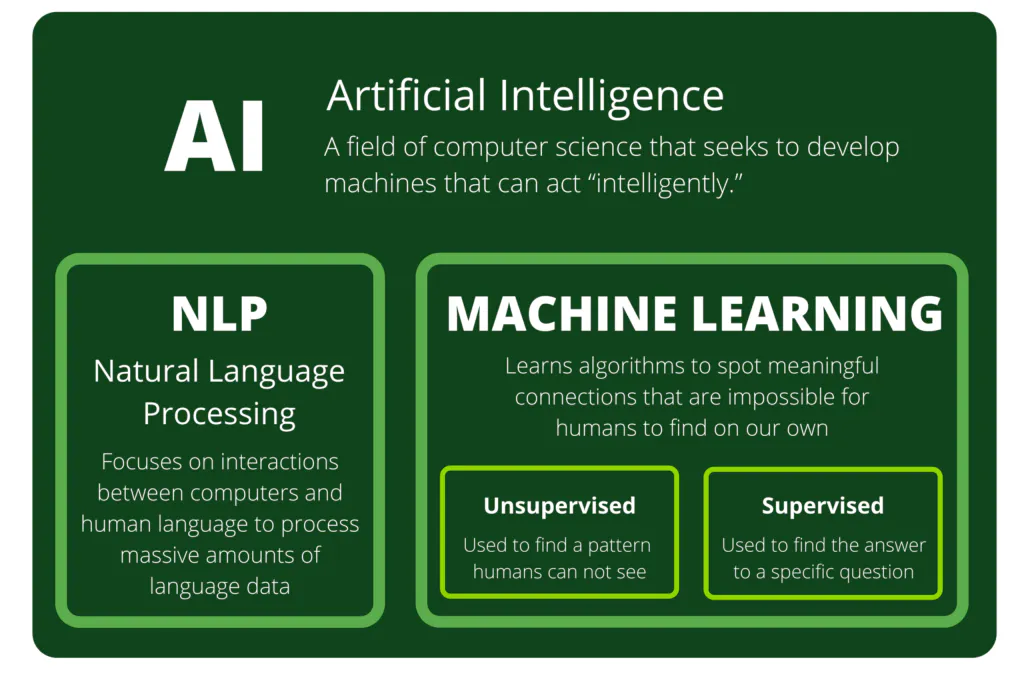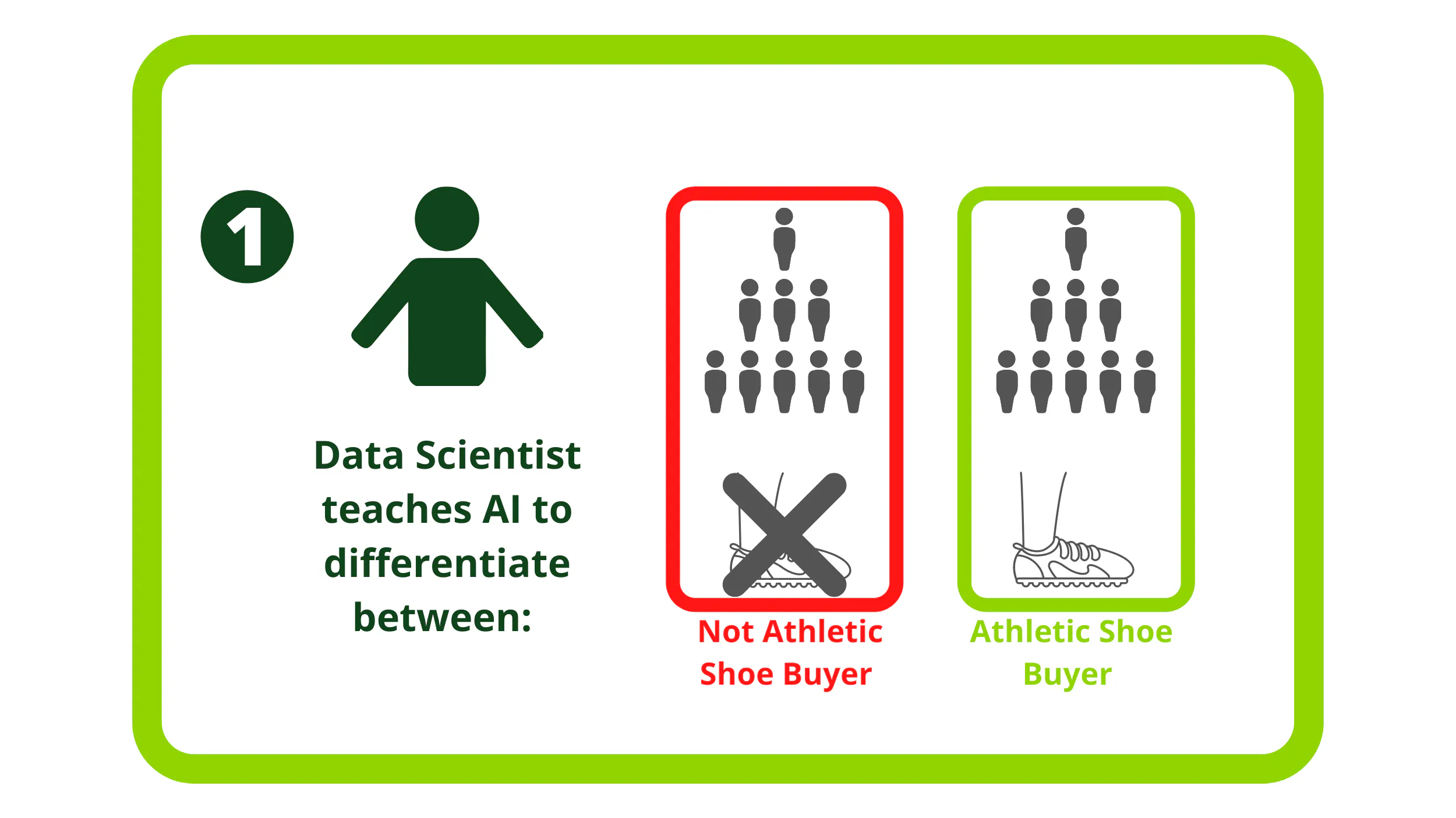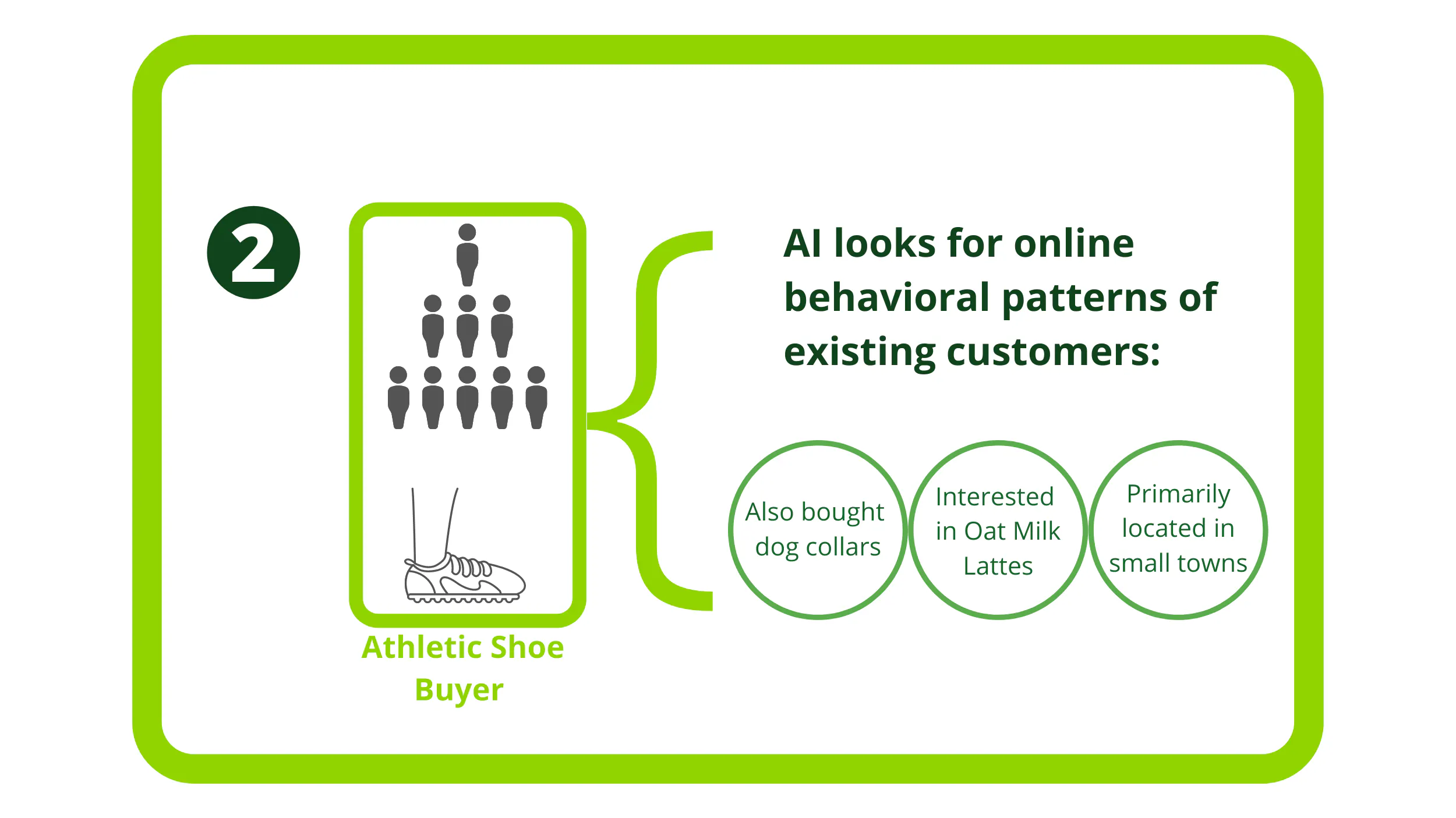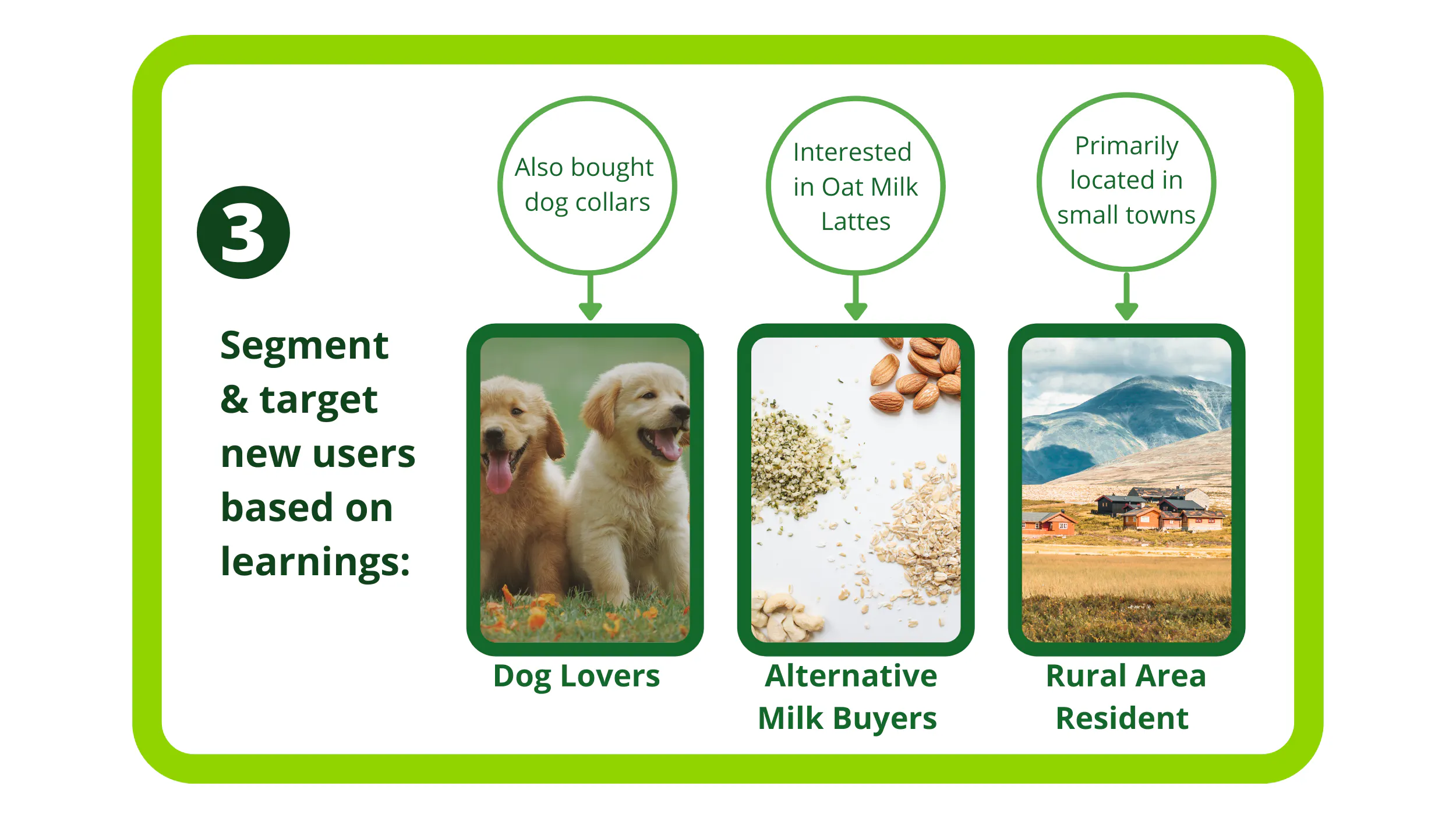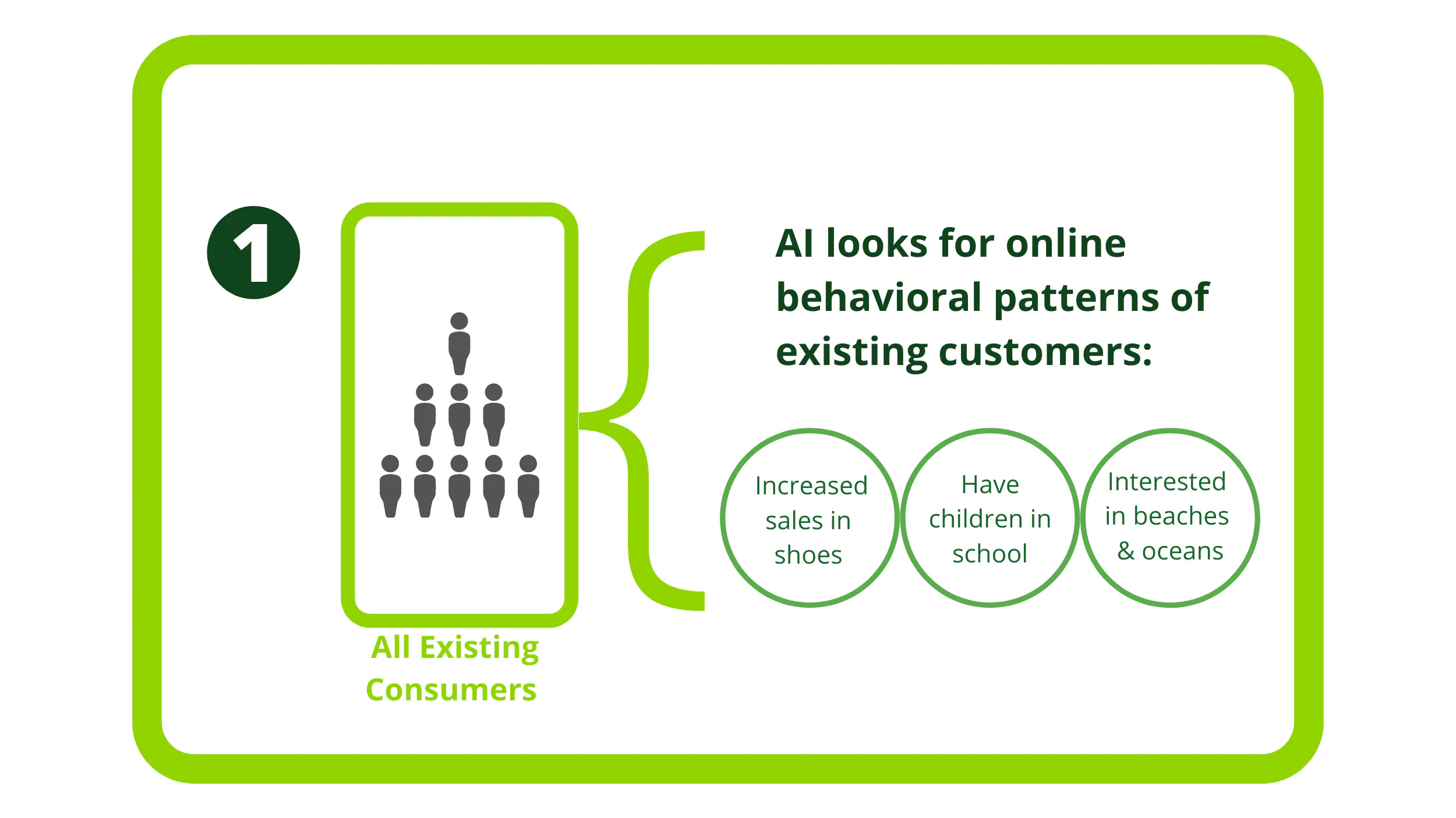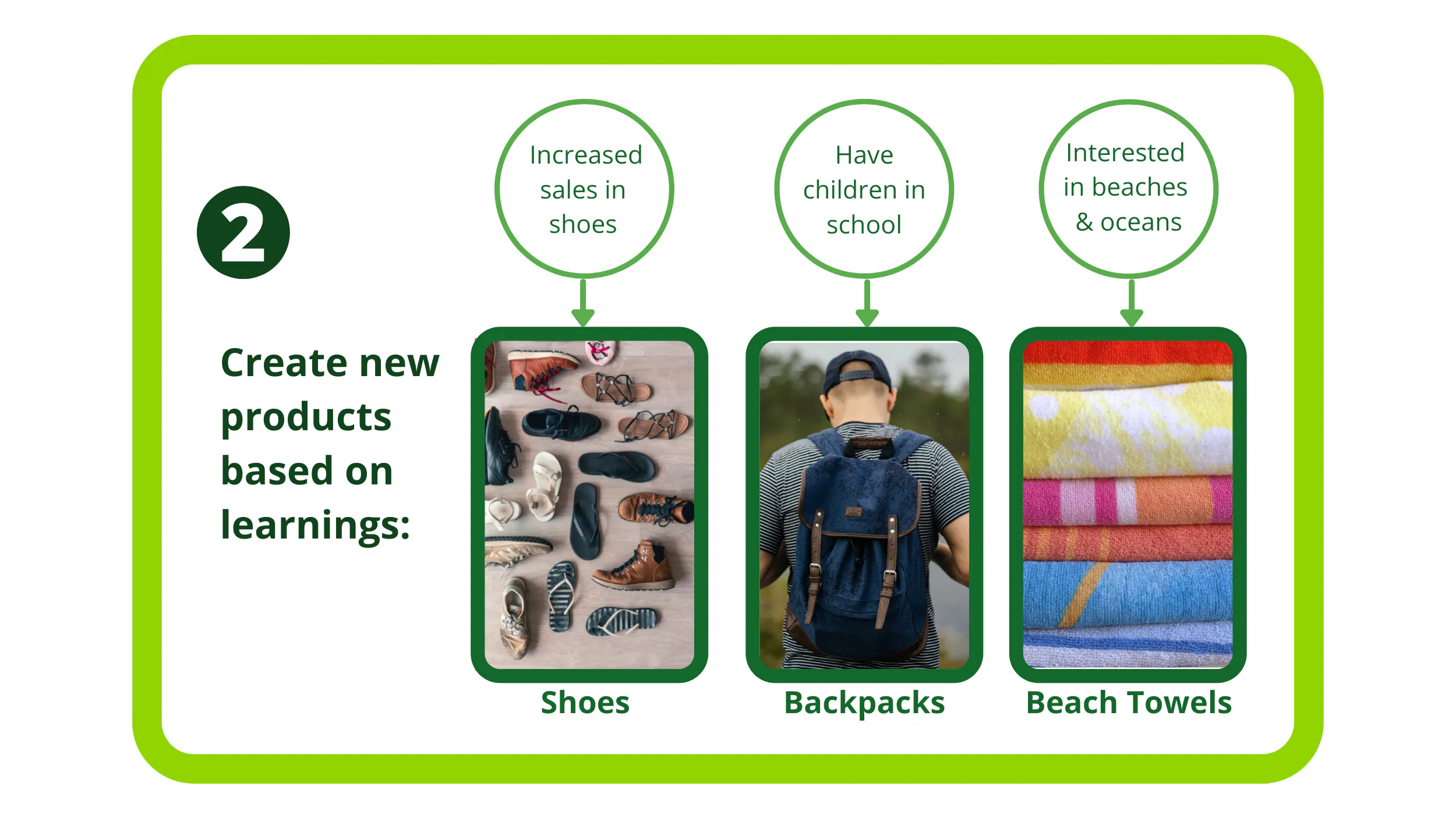AI is the Marketer’s Secret Weapon
Every CMO is under pressure to demonstrate business outcomes for marketing dollars spent. The CEO and Board are keenly aware of how much money marketing spends on advertising and are asking: what tangible benefits do we receive from those dollars?
For the CMO the message is clear: focus ad spend on high-value consumers. That means identifying consumers most likely to convert and have a high lifetime value (LTV). But how?
That’s where artificial intelligence (AI) comes in. AI is one of the most important tools at your disposal. Fortunately, it is built into many platforms marketers use daily. But take care not to expect AI to work perfectly for your brand out of the box. All AI must be trained one way or another, as we’ll see below.
AI 101
So what is AI exactly? It’s a field of computer science that seeks to develop machines that can act “intelligently.” In other words, AI seeks to train machines so that they can make highly informed decisions autonomously.
There are many types of AI used in digital advertising, including machine learning and natural language processing (NLP).
What is Machine Learning?
Machine learning is a subset of AI in which computers learn from data. The advantage of machine learning is that it is free from cognitive bias. Rather than looking for data or trends we already know, machine learning algorithms spot meaningful connections that are impossible for humans to find on our own.
There are two types of machine learning: supervised and unsupervised. Supervised machine learning is used when we want the data to answer a specific question, such as identifying photos of cats on the Internet. To do that task, the supervised machine-learning model must be shown thousands of photographs of cats so that it begins to recognize the unique attributes of cats. The machine must also see non-cat images so that it can identify when an image does not contain a cat. This collection of cat and non-cat photos is known as the training data.
Unsupervised machine learning is designed to uncover patterns that we otherwise would not see on our own. Data scientists provide the unsupervised machine-learning algorithm a massive dataset — say all the online behaviors of consumers who purchased a couch — to discover meaningful clues.
What is Natural Language Processing (NLP)?
Natural language processing is a field of study that sits in the intersection of linguistics, computer science, and AI. NLP focuses on interactions between computers and human language, and how to program computers so that they can process and analyze massive amounts of natural language data.
How AI Helps Marketers Acquire High LTV Customers
Both supervised machine learning and unsupervised machine learning help marketers hone in on high-value consumers. With supervised machine learning, an algorithm can examine attributes and behaviors of your existing customers to detect important patterns. For instance, it can look back at their online and offline behaviors in order to identify relevant patterns that may be important signs of being in-market for a particular item or brand affinity.
Once the machine identifies patterns that indicate near-term interest for a product, it can understand what makes someone likely to be a new customer for your brand. You can then create an audience segment based on this insight for custom messaging and targeting purposes.
Note that the algorithm will need a data scientist to teach it the difference between “this is a consumer who purchased sports apparel” and “this is a consumer who did not purchase sports apparel.”
Supervised Machine Learning At Work
With unsupervised machine learning, the algorithm looks for patterns in the data, without any input or direction from the marketer. It simply asks: “what does the data say about our high value customers?” A key benefit of unsupervised machine learning is that it enables marketers to segment a population of existing and prospective in-market consumers and uncover unexpected opportunities. For instance, an unsupervised machine learning algorithm can discover that consumers who purchase a specific product may have a higher propensity to purchase another completely unrelated product, which is useful insight when seeking new customers.
Unsupervised Machine Learning At Work
Unlike marketers, machines have no preconceived notions of who a brand’s customers are, and that’s a true benefit to this type of AI. By analyzing consumers’ behavior data and detecting which users are most similar, the algorithm can uncover groups of users who act alike. As a marketer, you can use that insight to create new customer personas and target consumers who fit that profile and are completely new to your brand.
NLP has many useful applications for marketers as well. For instance, it can analyze your competitors’ keyword strategy and discover which terms lead visitors to their sites, not yours. It can create ad copy for each of your customer personas on the fly. And NPL is critical to onsite features such as chatbots — a piece of software that can simulate human-like conversations.
By harnessing the power of machine learning and natural language processing, market researchers significantly increase their understanding of who their high LTV customers are and where to find similar consumers who are wholly new to their brands. They also get deep insights into how to attract new customers to their websites, and how to best engage them so that they convert into long-term loyal customers.

